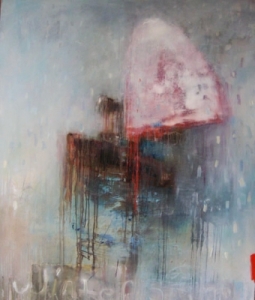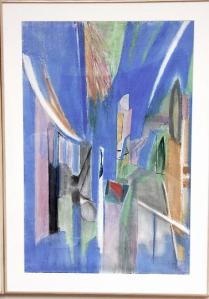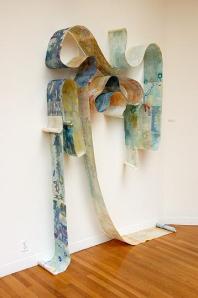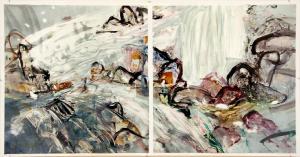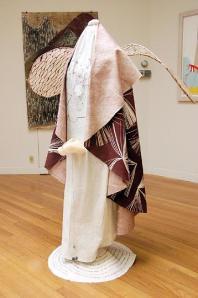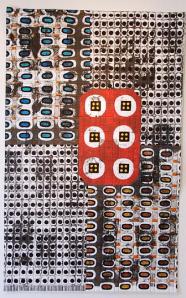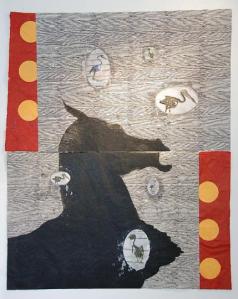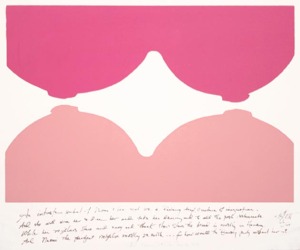Boston/NY Newspaper War: Pulitzer Winners Face off
Was surprised last night when two Pulitzer-prize-winning journalists locked horns on WGBH-TV’s Greater Boston.
In a heated discussion of the New York Times’ threat to shutter the Boston Globe if employment concessions aren’t made, former Globe Columnist Eileen McNamara, who now teaches at Brandeis, charged that the Times is only out to save itself and doesn’t care about Boston or the Globe. She and host Emily Rooney criticized the Times for a lack of “transparency,” in threatening to shut down the paper just a week after some 50 reporters were required to take buyouts or risk being laid off. McNamara called for an investigation into how Times Publisher Arthur Sulzberger, Jr. could have so mishandled the papers’ strategies and finances.
Alex Jones, the former New York Times reporter who now directs Harvard’s Shorenstein Center on the Press, Politics and Public Policy, said that Sulzberger has long been seeking ways to keep his papers on sound financial footing and pointed out that the Times and Globe are just two of many papers threatened by huge operating losses. With countless subscribers migrating to “free” news on the Internet and advertisers cutting back in the current financial crisis, several papers have already declared bankruptcy.
I agree with Jones that there’s no point in focusing on the New York Times as the bad guy in all of this; the Globe is crucial to the Boston and New England communities, which must find ways to keep the paper alive.
The Boston Foundation has put together a blue ribbon panel to seek with solutions–which might include a takeover of the Globe by a consortium of nonprofits until the Globe’s economic situation improves.
The Globe reported this morning that both employees and management will be taking cuts in pay and security, and that 20 bloggers, organized by Paul Levy, president of Beth Israel Deaconess Medical Center, simultaneously published a post asking readers to submit suggestions on how the Globe can improve its financial position.
(Levy’s blog is at runningahospital.blogspot.com).
I’ve joined the rally in a separate post.
I hope a solution is imminent because good journalism provides crucial lifeblood to any community. As the so-called “fourth estate,” it serves as a watchdog on government, allows citizens to communicate with one another, and helps organize the thoughts, lives and livehoods of individuals and institution in a democracy. Broadcast and Internet media certainly contribute to this–but, by and large, it’s print reporters to do the heavy lifting.
AMH
Anita M. Harris is an award-winning former journalist who has founded a weekly alternative newspaper, written for Newsday, produced documentaries for WRFM Radio and co-produced more than 100 live panel programs for the MacNeil/Lehrer Report (now the Newshour) of National Public television. She has taught journalism at Harvard andYale Universities and at Simmons College.
New Cambridge Observer is a publication of the Harris Communications Group of Cambridge, MA.
